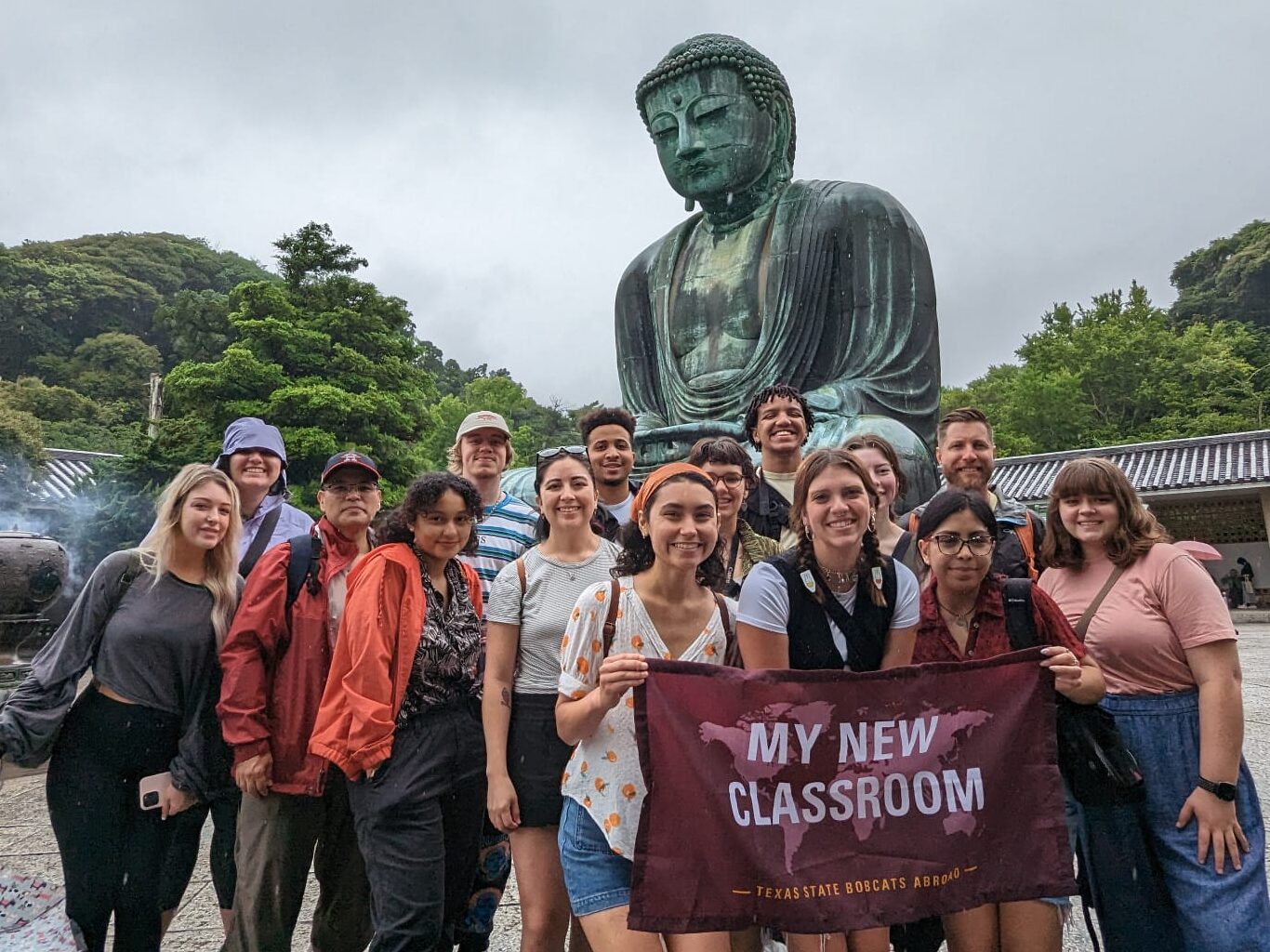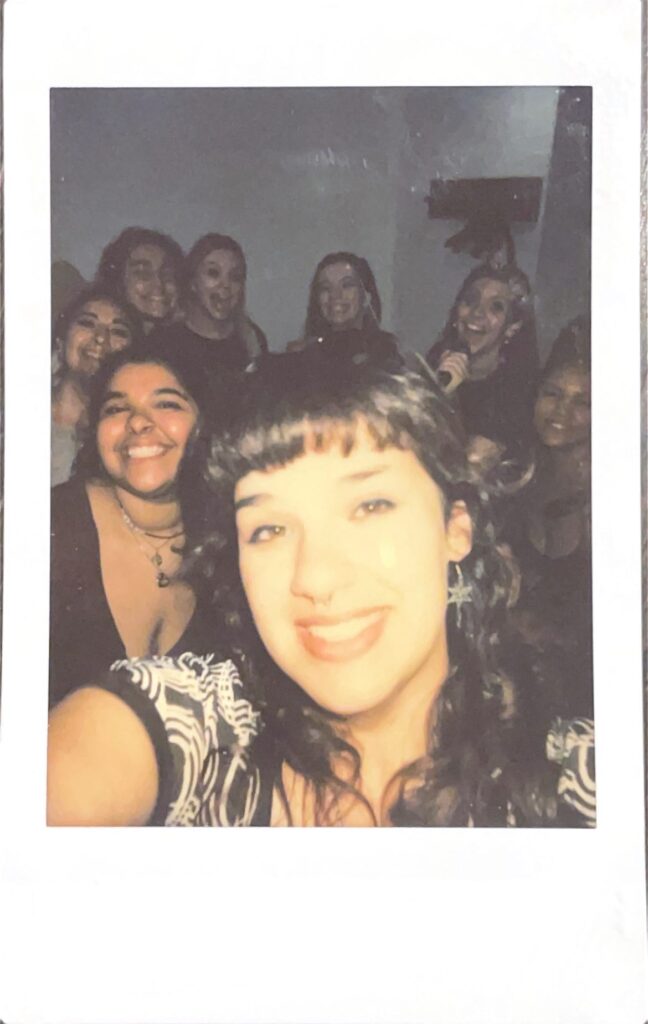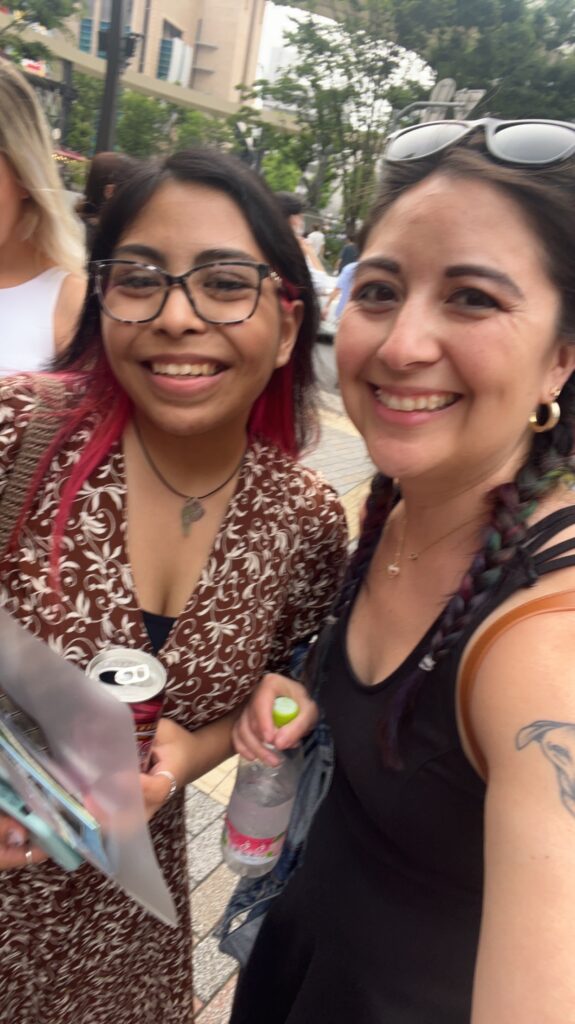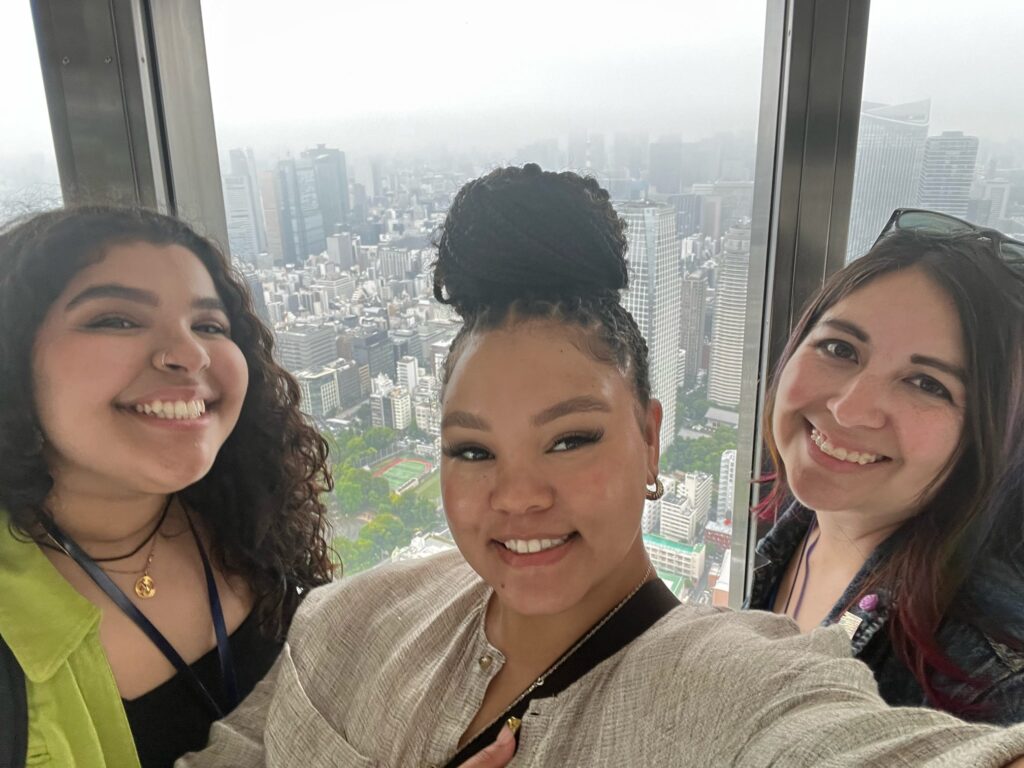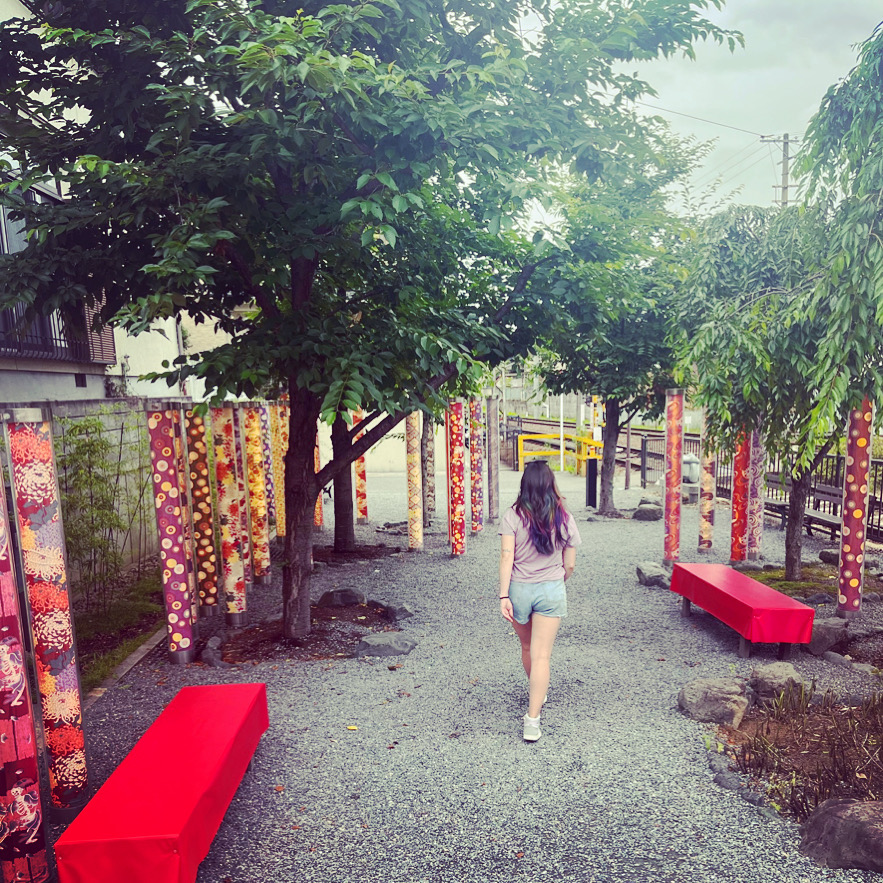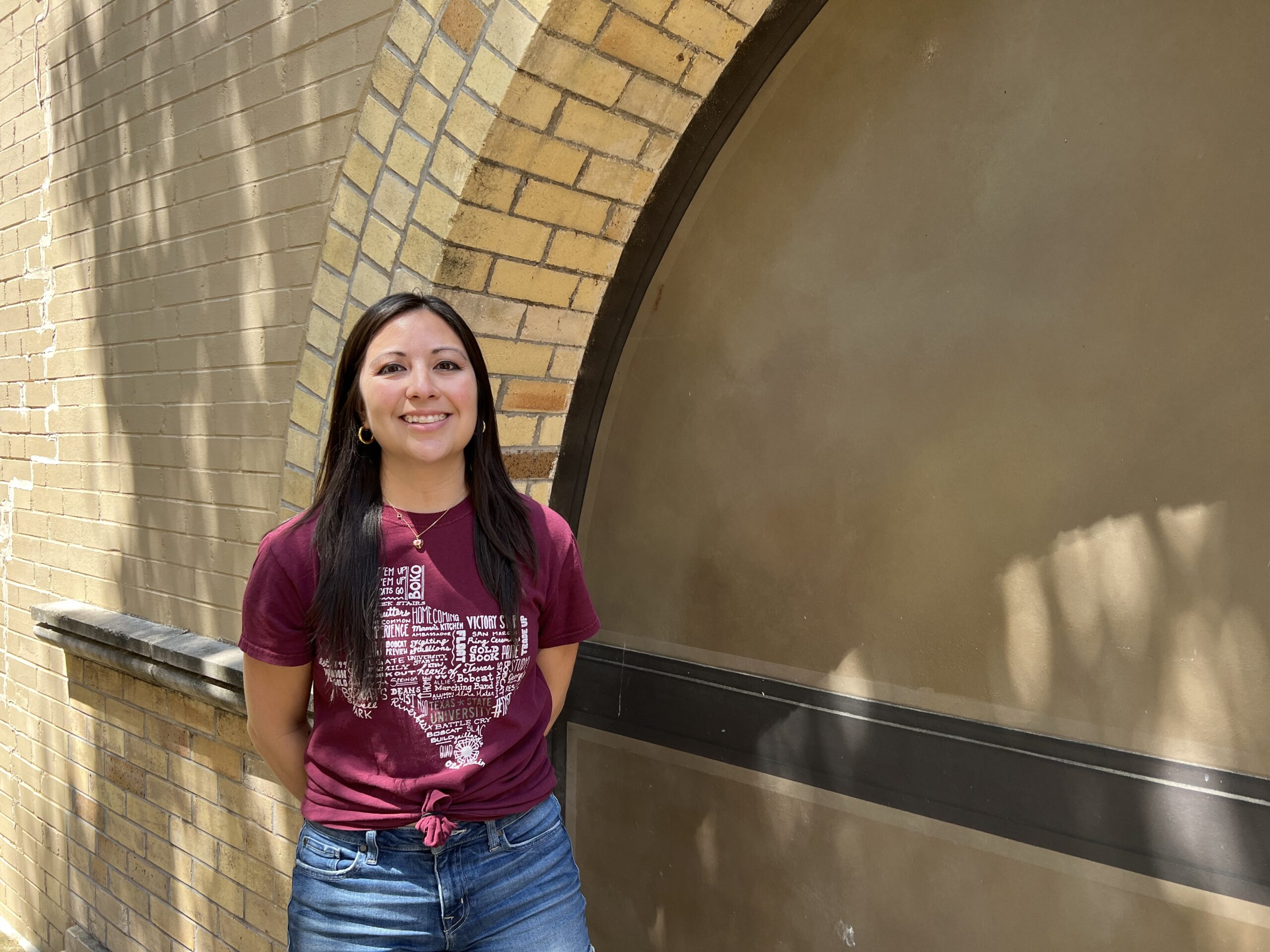
My mother has spent the last 30 years of her life as a teacher, molding the minds of the youth. My only explanation for how she has survived this career path is that she is a superhuman, à la The Flash or Wonder Woman.
I did not inherit the teaching gene.
Recognizing this aspect of myself, I made a conscious decision to steer clear of classroom settings in my professional journey, much to the relief of students everywhere.
Instead, I have found my stride within a team dynamic where the collective expertise and proficiency of each member are crucial for success. I depend on diligent data collectors to gather facts and figures, a diverse range of freelance writers to craft compelling copy around those facts, sharp editors to review it, a skilled web designer to make it visually appealing and a social media maven to ensure its widespread reach.
I am told I am a good manager. I take pride in fostering a cohesive and efficient team environment. However, patience becomes essential when someone just Doesn’t Get It. Taking a deep breath and reminding myself to practice patience has become a mantra during such moments. It isn’t easy, but it is only an occasional occurrence in my day-to-day role.
Every professional role I’ve had in my 13-year-long career has been much the same.
So when the opportunity to serve as a graduate instructional assistant to a group of 13 undergraduate students came up, my initial instinct was to decline. Thirteen people in the prime of the “I know it all” stage (one I know well, thanks to a 19-year-old brother and 24-year-old sister)? To quote Randy Jackson on American Idol (do these kids even know either of those pop culture references?!), “That’s gonna be a no from me, dawg.”
However, in an effort to broaden my horizons and challenge myself, I decided to take the leap. What resulted was a profoundly rewarding experience.
Finding our footing
The first couple of nights in Japan were tough.
Not only were we exhausted from the jam-packed daytime itinerary, and getting back to the hotel late in the day, but also, the students weren’t used to writing on a deadline and the pressure was taking its toll. By the time the student wrote the blog post, I looked it over, and Dr. Gilbert D. Martinez had done a final check and hit publish, it was after 2 a.m. With 8 a.m. starts each day, the schedule was less than ideal.
After a couple of late nights that turned into early mornings, I had my first realization about this job: the students needed more structure. It was up to me to provide it.
“We barely get back to the hotel by 6!” students said. “When are we supposed to go eat dinner? What about exploring the city?”
Thus, the first hurdle in my relationship with the undergraduates: explaining time management and sacrifice. Two of the most important tools in a journalist’s toolbox, and two tools many of the students hadn’t yet mastered. I tried to help them hone those skills in three ways.
First, I stressed the importance of self-care to each student. However, I told them, in this instance, self-care meant making sure to eat dinner and drink water as they wrote and taking quick breaks every so often to walk around and stretch. It did not, unfortunately for them, mean having a leisurely dinner or exploring Tokyo.
On night three, I implemented a 9 p.m. “Jamie-ready” deadline: the blog post was to be written, uploaded to WordPress and photos added with captions by 9 p.m. This news was received with many grumbles.
Then, I tried to connect with blog writers throughout the day to keep them on track. I implored them to take notes throughout the day, so they’d have a good starting point when they sat down to write. I encouraged them to write any time they had a spare moment, whether that be on the train or while waiting on their food at lunch. I reminded them to snap a photo of key moments throughout the day so they’d have photo choices when they put it all together. I prodded them to make it a personal account of their day and assured them that anything they found interesting, the audience would find interesting, too.
“If you thought the pack of half a dozen stray cats was photo-worthy, write it,” I said. “And include that picture.”
Finally, I shared my personal professional experiences with them. I explained that, in my time at a newspaper, a writer who missed deadline got an empty column – with their byline on it like a scarlet letter. I asked them each what career path they hoped to follow, then related the current experience to it. I gave examples of how, in their future roles as advertisers, marketers, digital content creators or, indeed, journalists, they would come across hard deadlines and quick turnarounds. I found that giving a real-world example of how this experience would benefit them in their careers was the best motivator.
From the third night onward, the student who was writing each day seemed to be steeled for a long night tucked away in the hotel lobby with 7-Eleven instant ramen while their classmates headed out for a night of fun. My empathetic nature wanted to tell them, “It’s fine, go out and have fun; we’ll figure this out later!” On the other hand, I was quite proud to see how well they coped with their night of sacrifice.
Thus, a lesson for me: be kind, but firm, in my expectations.
I cheerfully waved at the writer as I headed out for my own dinner each night, and promised them a full on one-on-one session upon my return. And when I did return, I almost always found a fully-formed blog, ready for my input.
Unlocking the process
One roadblock that came up from time to time was the occasional student who simply could not complete the assignment by deadline. These instances were most challenging for me. I wanted to be terse, and ask what exactly they’d been doing all night that they’d only mustered up three paragraphs. Pushing past my initial response, I found a simple way to get around the writer’s block.
“Where are you getting stuck?”
This simple question opened up the conversation each time. Once, the student was simply too overwhelmed by all we’d done that day to know where to get started, and what was worthy of being included. Another time, the student was simply burnt out and needed to vent their frustrations to unlock their creativity. One student admitted they’d never written something like this before. Once the conversation flowed, so did the writing.
Another lesson for me: everybody’s writing process is different.
Obviously, I knew this from my experience managing a team of writers. However, I’d never been so up close and personal with the writer as they figured out what that process was. We sat, sometimes for 30 minutes, sometimes for an hour, and discussed the writing line by line. I made suggestions and explained why I thought those suggestions would improve the piece. I detailed the grammar rules that were keeping a good blog post from being great. I demonstrated how adding personal details took a great article to an even higher level.
What I expected to be a tedious task was a supremely rewarding experience.
Following my instincts
As I learned how to guide the students through their blog posts, I faced an entirely different challenge: I was hesitant to change too much. I feared eliminating their voices in favor of my own. Perhaps more than that, I feared telling students the wrong thing.
My role was straightforward: edit daily blog and Instagram posts, while providing clear feedback to the students regarding edits and changes. But, I thought, what if my writing style, my editing preferences, are not up to standard for what the professors expect? What if I end up making their jobs harder?
Fortunately, by the time I’d coached each student through their blogs, Dr. Martinez was thrilled with the results, and I quickly learned one more crucial thing: trust my instincts.
Ah, imposter syndrome. It gets us all sometime, and I had to exercise a great deal of self-assurance to overcome it while in Japan. I also had to break out the most important tool of any job: communication.
After many conversations with the professors, Dr. Martinez and Jon Zmikly, I was able to rest easy that I was a help, not a hindrance, to their processes. I was able to better provide feedback to the students as well.
You know what that is? Growth.
So, it turns out, I did get a few of my mom’s teaching abilities. I may not be superhuman (please don’t ask me to teach eighth graders like she does!), but I inherited enough of her skill to give me the patience and creativity to pull a great blog post out of all 13 students (and nary a scream to be heard). It also turns out more than a decade’s worth of writing and editing practice has not, in fact, been for naught.
Saying “yes” to this opportunity resulted in a few headaches, and a couple missed hours of sleep. More importantly, however, it also resulted in finding a professional aspect of myself I didn’t think existed. While I’m not rushing off to apply for any teaching positions, I can finally see why people choose to go into the profession, and my respect for it (which was already quite high) has grown exponentially.
Shaping a mind is an incredible skill, and finding that skill within myself was a huge moment of growth – and pride.
